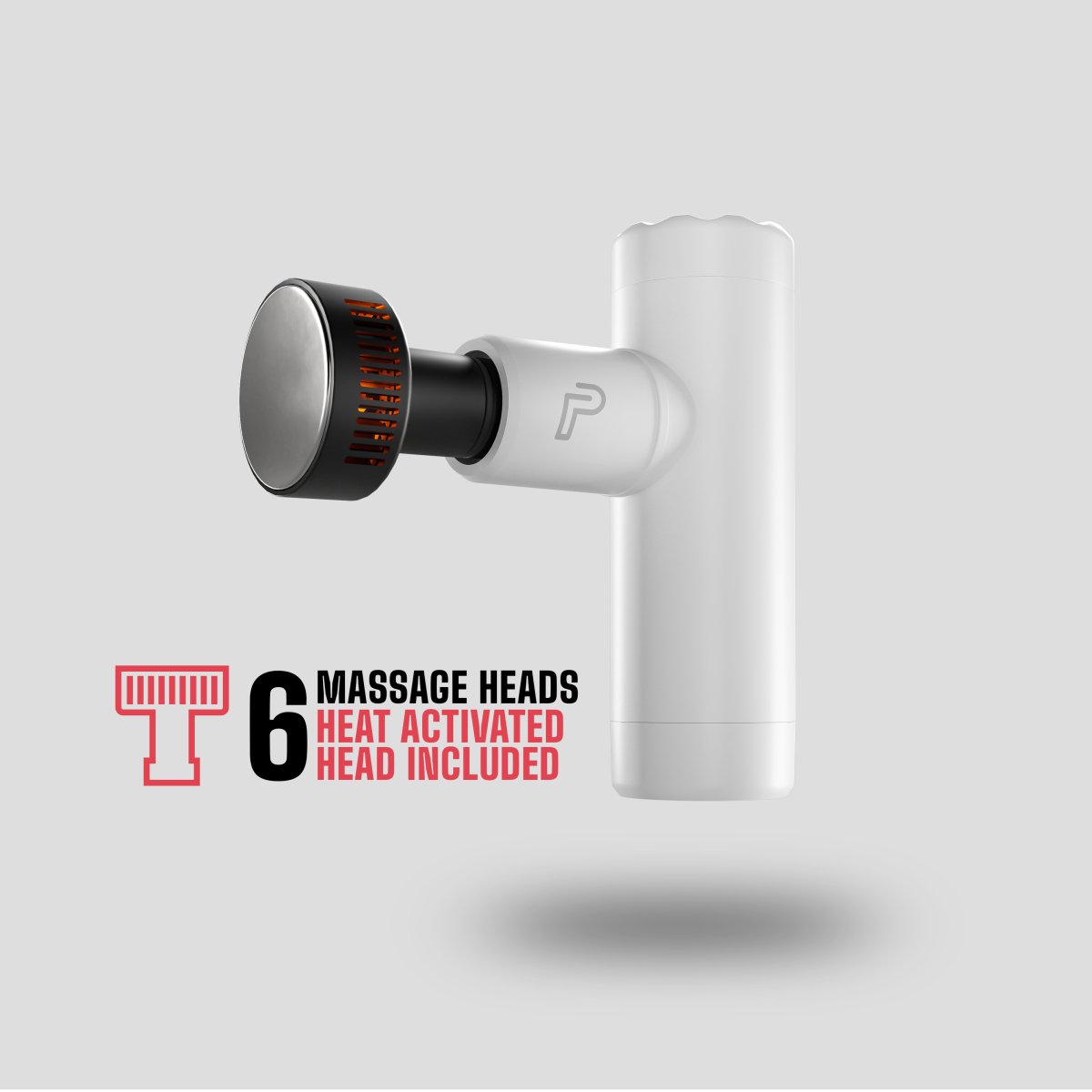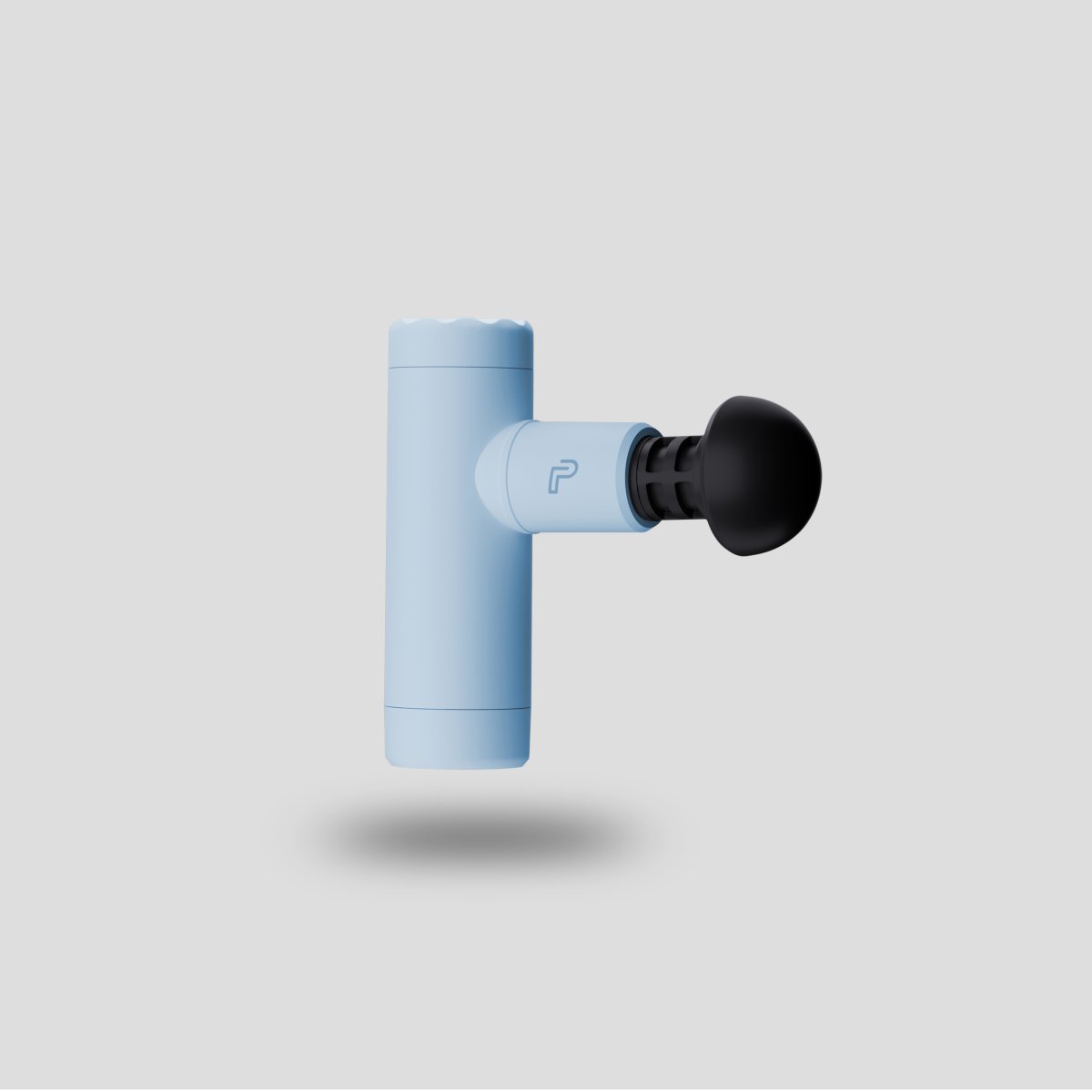Muscle pain after a workout is something that we all wish to avoid and it is reasons like this why muscle recovery equipment has risen in popularity in recent years.
The popularity of foam rolling has soared in the last 5-10 years, meaning that people are often looking for some much needed advice and tips on how to use the equipment for various different areas of the body.
If you’re looking for some advice on how to loosen up your calves, then we have got you covered with our complete guide to foam rolling your calves.

Should you foam roll your calves?
When done correctly, foam rolling your calves can help your body to recover from runs and workouts to avoid soreness and injury.What does rolling out your calves do?
Foam rolling your calves has been proven to release pressure in the muscles, improve range of motion, and increase flexibility. By regularly foam rolling your calves, you can make a significant difference to your flexibility and how your body handles an intense workout.Why should I use a foam roller for my calves?
Muscle knots can develop after a training session as they are trigger points that are caused when the oxygen supply to the muscle is limited. Left untreated, these knots can cause a lot of pain and may eventually lead to a more serious injury. By foam rolling your calves and performing self-myofascial release, you will prevent serious injury and encourage better recovery after a tough session.What are the main causes of calf pain?
High heels
Spending the majority of your time in heels can cause your calf muscles to shorten. This then creates tension in the Achilles tendon and can lead to chronic pain. Damage to the calves caused by wearing high heels can be permanent.Sitting down
When you sit down for long periods of time your calves shorten. So if you work in an office and walk around in heels all day, you’re very lucky if you’ve escaped the aches!Running
Over-working the calf muscles through exercise can also cause tightness due to the enhanced volume of stimulation. Running uphill is often a cause.Plyometrics
Jumping can over-work the calves as they work to explode you upwards and cushion the landing phase of the jump.Picking the correct foam roller
When it comes to choosing a foam roller, it may be difficult since there are many rollers on the market. However, when choosing a foam roller, you would be best to choose a foam roller that is proven to provide significant results.
Our vibrating foam roller uses vibration technology that gets deep into your muscles to provide relief. The best thing about it is that you don't actually need to roll as much, the vibrations do all the work for you! With 4 speed settings, you can choose your intensity level.
How do I use a foam roller?
Foam rolling uses a technique called self-myofascial release. This works by manipulating and releasing fascial tension, that is caused by trauma and inflammation, and this can be particularly beneficial to tight aching calves.
Follow these steps to successfully and efficiently foam roll your calves:
- Sit on the floor and place the foam roller underneath your calves, starting just beneath the knee
- Place both hands by your sides and lift off as though you were performing a reverse plank, which places your bodyweight onto the calf muscles
- Slowly push your body backwards so the foam roller rolls down to the Achilles and then roll forwards to return to the start position
- As you roll, you should feel trigger points. These are the places where there is the most tension in the calves and they will feel like painful knots as you roll over them. As you reach a knot, this is where you need to apply more pressure in order to release the tension. Slow down and use little pulses over the knot until you feel it reduce
- To add increased pressure, isolate each calf one at a time, so now your upper body weight is focused over one leg
- To intensify this further still, cross the legs one over the other, now your entire body weight is focused over one calf.
- As you roll your calf back and forth, rotate it slightly to make sure pressure is applied to the entire muscle. Try rolling with your feet facing inwards and outwards to combat the internal and external sides of the muscles.
Muscle recovery equipment from Pulseroll
Investing in your body and implementing a strong recovery plan is a great way to look after your body and muscles at the same time.
Foam rollers are quickly becoming popular pieces of equipment as they have so many benefits for your body. To learn more about our range of equipment, head over to our muscle recovery hub.













